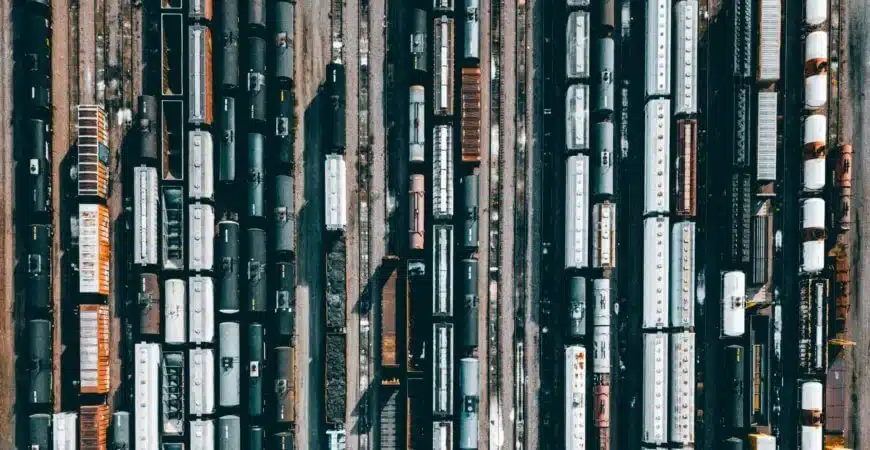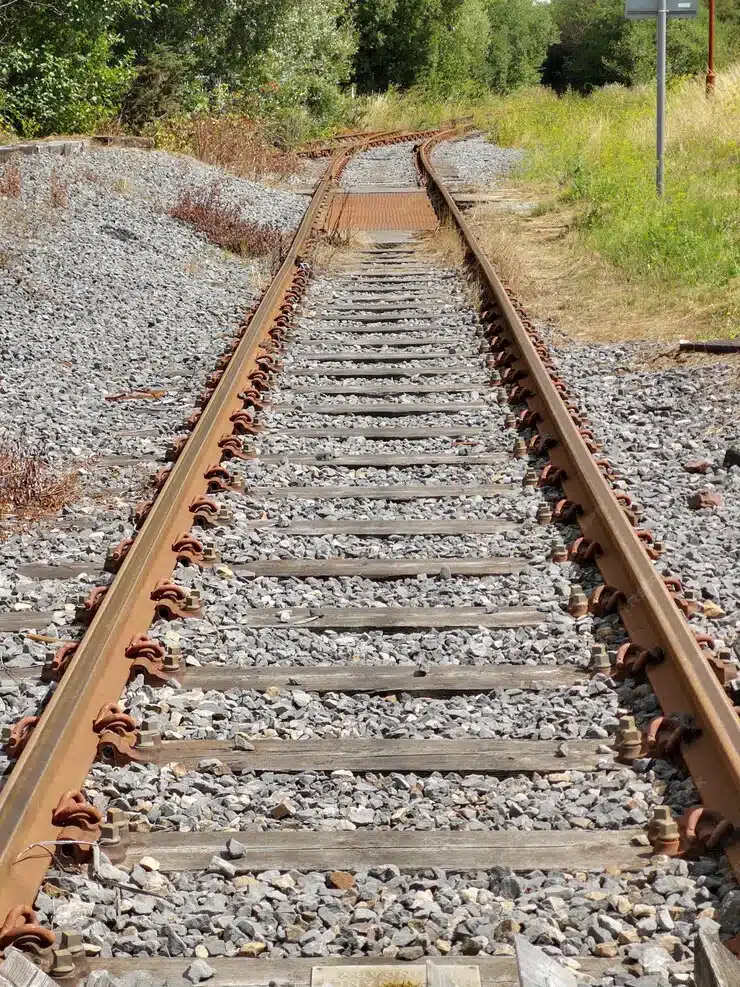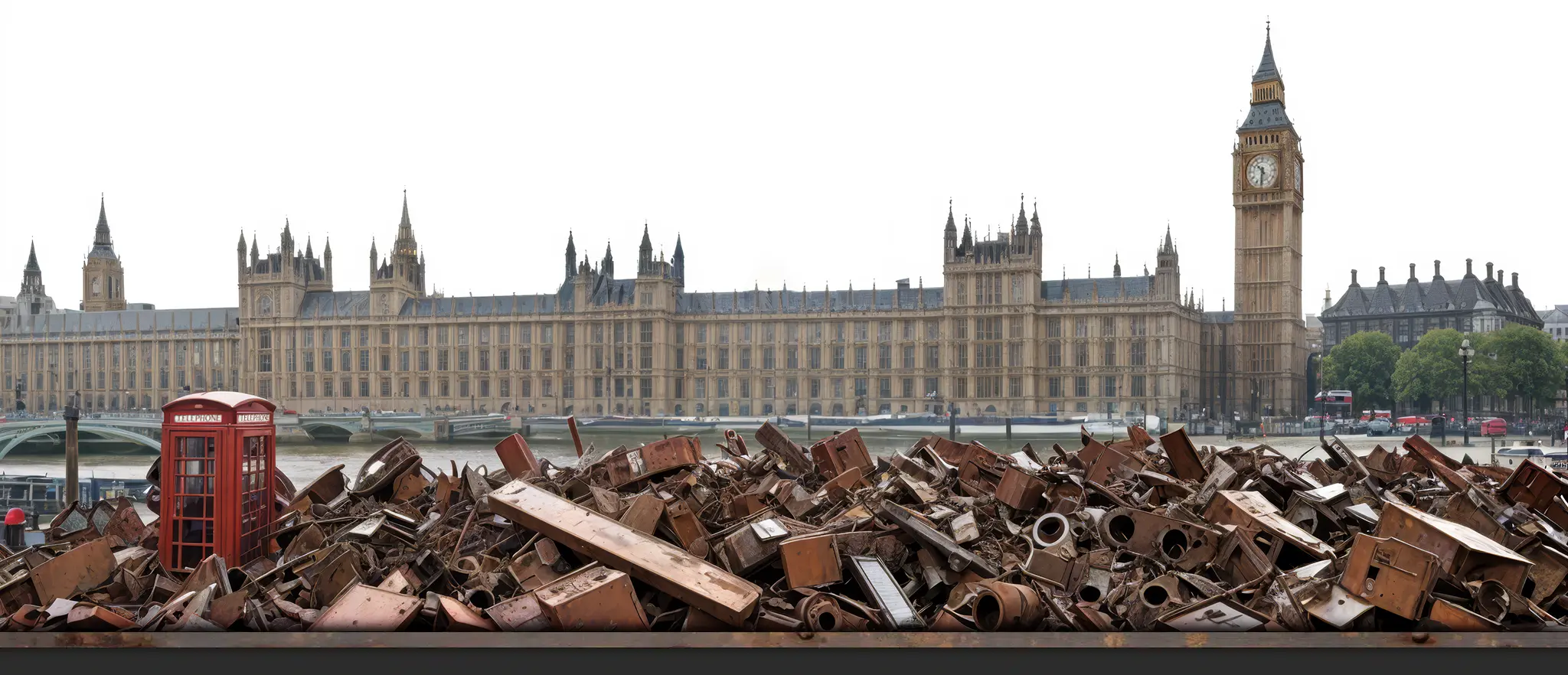Eco-Friendly and Profitable: How to Make Money from Scrapping Metal?
Scrapping metal is increasingly popular. It is a great way to get rid of old household and business items in an environmentally friendly way while making money in the process. The latter is why many people have taken up collecting scrap metals and submitting them to a scrap yard in their spare time.
If you want to make money scrapping metal, it is imperative you know which items you can submit to a scrap yard, which items are illegal to scrap, and how much money certain metals fetch.
One of the most common items people often ask about is railroad tracks. Are they legal to scrap?


CAN YOU TURN IN RAILROAD TRACKS AT SCRAP YARDS?
The answer to whether railroad tracks can be scrapped is both short and unequivocal: no. Not only is it illegal for people to touch, dismantle, or otherwise take apart a railroad track, but it is also illegal for a scrapyard to accept and recycle a railroad track from an unauthorised person.
So, if you are looking to make money from scrap metals, railway tracks are simply not an option. The only way is to go through a lengthy screening process and get express government approval. There are easier and more expensive metals you can scrap, so this being illegal should not dissuade you from taking metal scrapping up!
WHY CAN’T YOU SCRAP RAILWAY TRACKS?
At first glance, it might not be clear why you should scrap railroad tracks. After all, many old tracks are no longer in use, and scrapping them not only improves the landscape but will also help the environment.
While this might be correct on the surface level, there is a key reason why scrapping railways is banned:
Damage to Infrastructure
There is no easy way to distinguish between old and new tracks. Sure, dismantling old tracks probably doesn’t matter, but how can the government or the scrap yard ensure you’re not just pawning off new, in-use, tracks as “old” to make a quick buck?
The answer is that there’s simply no way to 100% distinguish between old and new tracks. Not only that but in some countries, they’ve been forced to ban ALL metal scrapping simply to protect critical infrastructure from being dismantled, poached, and sold away. Thankfully, this isn’t the case in Britain, but this illustrates the danger of allowing people to scrap railroad track steel.
WHAT HAPPENS TO OLD RAILROAD TRACKS?
Despite old railway tracks falling into disuse and serving no utility, individuals are still not allowed to scrap them. This is primarily to prevent people from salvaging and stealing new railroad tracks to try and pass them off as old.
Old railways are still recycled, but they are only handled by either scrap companies with governmental affiliation, or, in case the railroad isn’t government-owned, companies that have direct contracts with the company that owns the railroad property.
CONCLUSION
Scrapping metal is a great side hustle that allows tens of thousands of people to make extra cash in the UK. Sadly, there aren’t resources helping people what items they are allowed to scrap and what items are not scrappable, whether due to their physical properties or legal reasons.
One of the most commonly asked questions by scrappers is whether they are allowed to scrap railroad tracks since they are made from carbon steel, which can fetch a lot of money. Here, we explained not only why is it illegal but the rationale behind the government disallowing the scrapping of railroad track steel.
SCRAPPING RAILWAYS FAQ
Why Is It Illegal to Scrap Railroad Tracks?
Allowing the scrapping of railroad tracks creates perverse incentives such as it will reward people monetarily for going after critical infrastructure the state and the population rely on for commute. While the same doesn’t apply to old railways that have fallen into disuse, since there’s no way to confirm whether dismantled track steel comes from one that’s in use or abandoned, the government has decided to blanket ban both.








